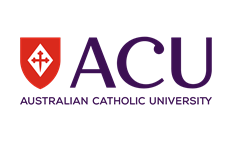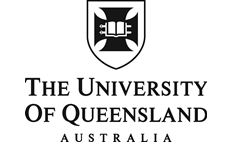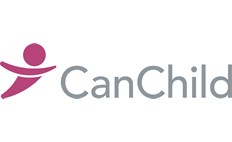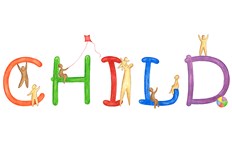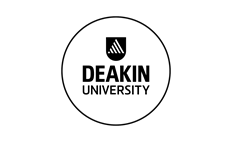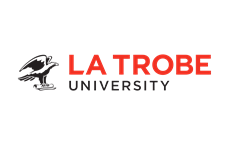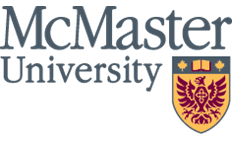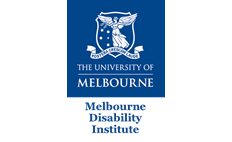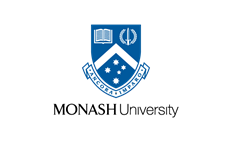Epidemiology of scoliosis in cerebral palsy: A population-based study at skeletal maturity
- Published
- Thursday, February 17, 2022 - 12:00 PM
http://www.thegeneticlink.org.au/wp-content/uploads/2022/02/Willoughby-2021.pdf
Scoliosis, or an abnormal curvature of the spine is known to be common in young people with cerebral palsy but this study has established the risk factors: who is likely to develop a significant spinal problem and who is not.
This kind of study must be population based. Studying children who attend a hospital clinic is not sufficient. This is another major study which was only feasible with the Victorian Cerebral Palsy Register.
Researchers were able to study most young adults with cerebral palsy who were born between 1990 and 1992.
The good news is that although scoliosis was very common, affecting 41% of young adults with cerebral palsy, most curves were small and did not need treatment if the person with cerebral palsy was able to walk.
In contrast, for those who were unable to walk, and who had dystonia or mixed hypertonia, scoliosis often started when they were younger, progressed more rapidly and caused pain and difficulty with sitting. These large curves in children who do not walk usually required corrective surgery.
The information from this study is now being used to design a National Spine Surveillance Guideline for children with cerebral palsy: who should get a check-up or an x ray and when.


